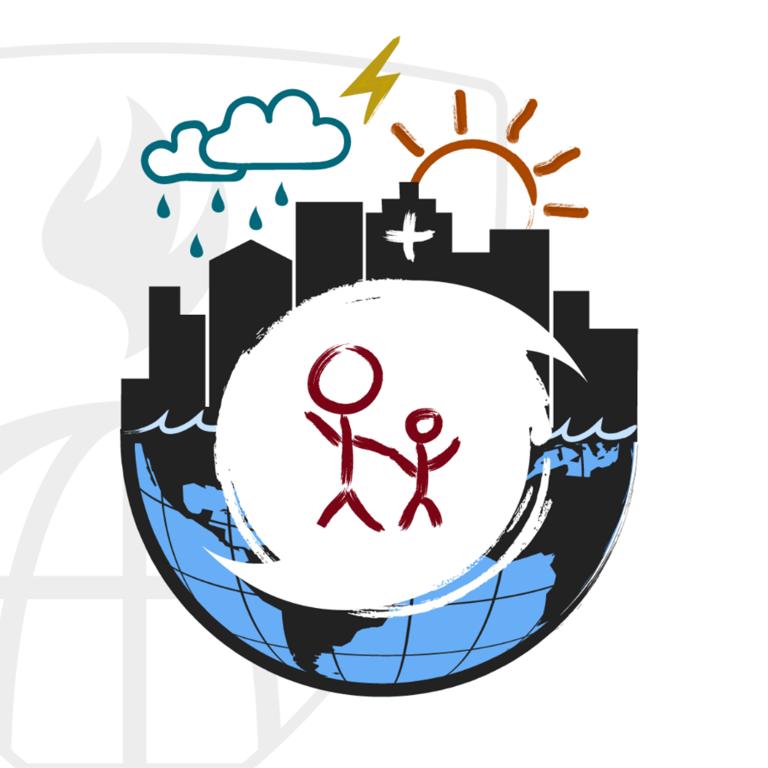The World Meteorological Organization is stepping up its activities to protect people from climate and health-related hazards, including extreme heat, as part of an ambitious drive towards improved early warnings and action.

WMO’s Executive Council endorsed a new implementation plan for advancing integrated climate and health science and services over the next ten years. This promotes a coordinated approach to manage the impact of climate, weather, air pollution, UV radiation, extreme events and other environmental factors on health.
WMO and the World Health Organization have a joint Climate and Health Office and a growing number of joint technical activities, including the establishment of a new ClimaHealth portal which is a one stop shop for information on climate and health. This joint leadership is crucial to protect people’s health given the increase in extreme weather and climate change impacts.
The Executive Council paid special attention to extreme heat and the need to strengthen “understanding, early warning, and risk management of the climate-related cascading risks of extreme heat, wildfire, and air quality related health risks.”
“Extreme heat is regarded as a silent emergency. It is one of the deadliest extreme weather events worldwide and poses a threat to millions of people. Heatwaves are more frequent and intense and starting earlier and ending later than in the past, said Ian Lisk, President of the WMO Services Commission which is spearheading WMO action.
“Extreme heat amplifies risks of drought, fire, air quality, water quality, and damage to infrastructure, agriculture, and human and animal health. It is thus a focus area of the UN Early Warnings for All initiative and climate adaptation strategies because early warnings and heat-health action plans have a proven track record in saving countless lives,” he said.
“Heat action plans incorporate early warning and response systems and strategies in both urban and rural areas, and both for the general population and vulnerable groups such as the elderly,” he said. They have been successfully rolled out in many regions of the world – by developed and developing countries alike. Thus, for instance, India and Pakistan have successfully reduced mortality rates.
The new resolution adopted by the Executive Council stresses that extreme heat is one of the target areas of the new UN Early Warnings for All Initiative. It calls for greater coordination of WMO’s activities – for instance on air quality, climate services, drought management, urban meteorology and research - in order to inform a roadmap for enhanced extreme heat risk management.
It also encourages Members to work with health and relevant authorities to develop integrated heat health early warning systems, impact-based advisories, and plans which address heat risks across timescales and monitor heat related mortality and impacts. WMO is a co-sponsor of the Global Heat Health Information Network, alongside WHO and the National Oceanic and Atmospheric Administration. This seeks to increase awareness and capacity to better manage and adapt to the health risks of dangerously hot weather in a changing climate. An inaugural Heat Health Open Forum took place on 28 February to preparing for a warmer world, and innovative solutions to address heat risks to human health.
Sources:
China meteorological administration
WMO steps up action on climate and health (cma.gov.cn)
Provided by the IKCEST Disaster Risk Reduction Knowledge Service System
Comment list ( 0 )
